How to use OpenSteetMaps
How to use OpenSteetMap?
 For people exploring various places in the neighborhood, it is similar maps as other online map information with zoom and pan, but the real power of OpenStreetMap rests in the hands of developers who can access all the data behind the maps for customizing to their own. What it means that, with OpenStreetMap, you can not only view various spatial locations, but add also your own custom locations and information to the database which can then be used by other users. All you need to do is to query the map database in any one of various possible ways, thereby extracting information which can later be used to create custom maps. The output of a database query is an XML file with various description of information about local areas, directions, routes, etc. Using all this information, it will be easier to create custom based maps.
For people exploring various places in the neighborhood, it is similar maps as other online map information with zoom and pan, but the real power of OpenStreetMap rests in the hands of developers who can access all the data behind the maps for customizing to their own. What it means that, with OpenStreetMap, you can not only view various spatial locations, but add also your own custom locations and information to the database which can then be used by other users. All you need to do is to query the map database in any one of various possible ways, thereby extracting information which can later be used to create custom maps. The output of a database query is an XML file with various description of information about local areas, directions, routes, etc. Using all this information, it will be easier to create custom based maps.
With over a million contributors, most of them use GPS units in performing ground surveys. On collecting the data, the information needs to be uploaded into the system using the project website. Once the data is added, they need to be edited to make it user friendly and at this point, all the above mentioned software plays the role. Even though GPS units are needed to add a data for the first time, the subsequent editions of data do not require any additional hardware, making it possible for anyone who have the local knowledge to update the information. The majority of the new information has been added by dedicated contributors while millions of other users simply update the maps. For users who wish to view the map tiles, they can do so with the help of web browsers, GNOME maps and Marble. The only requirement for adding data to the maps is to sign up for a free account.
Data Formats:
OpenStreetMap represents physical structures in the ground using tags that are attached to various data structures such as nodes, ways and relations. Nodes are simply the coordinates of the geographic position which represent the exact location. They use both latitude and longitude values for data representation. A collection of nodes can be called as ways which represent various polygonal areas such as streets and roads, parks and lakes, etc. Relations are the combination of both nodes and ways which can represent restriction present in roads, various ways for a route etc. All the above said information are stored in the map in the form of tags. Any attribute present in the map can be tagged for information, thereby helping anyone wanting information. Considering all the factors, OpenStreetMap was already popular, but is gaining even more popularity everyday with number of contributors growing to new heights. All the information provided in this article gives you an overview of what is OpenStreetMap, but there are lots to explore with respect to its features and supplements.
And if you are more interested about this wonderful mapping experience, don’t miss out attending the annual conference of the OSM community named, State of Map Conference. All new ideas related to the maps are discussed here, along with launching updates and new contents.
Also check out some of these OpenStreetMap & Open Data related Topics:
- OpenStreetMap – Power of the People
- Success Recipe of OpenStreetMap
- Free OpenStreetMap User Guides
- Open data & Open Source software
- Learn How To Map in OpenStreetMap
- Open-data should be for everyone
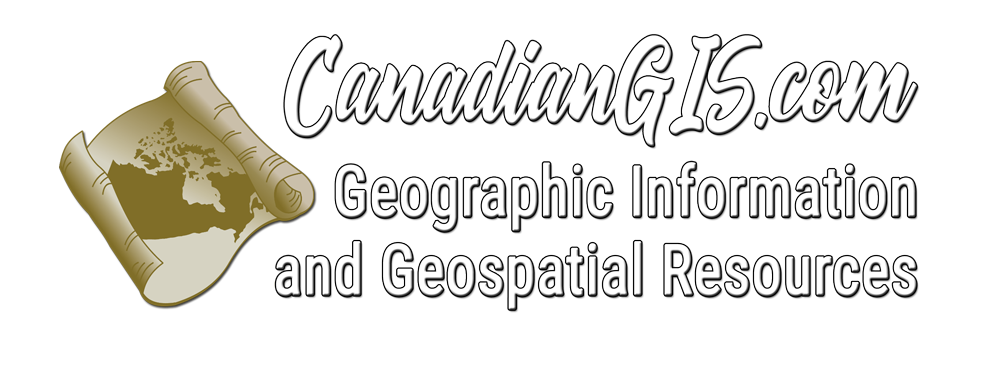

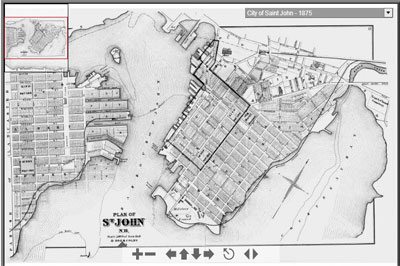

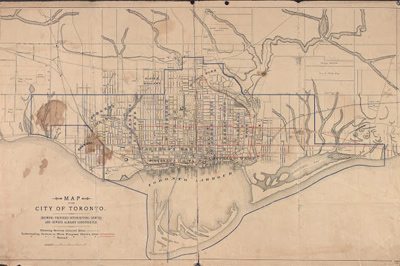

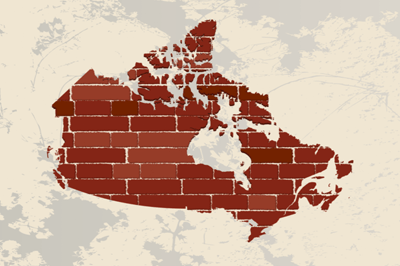


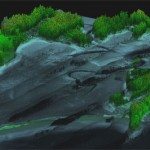
Leave a Reply
Want to join the discussion?Feel free to contribute!